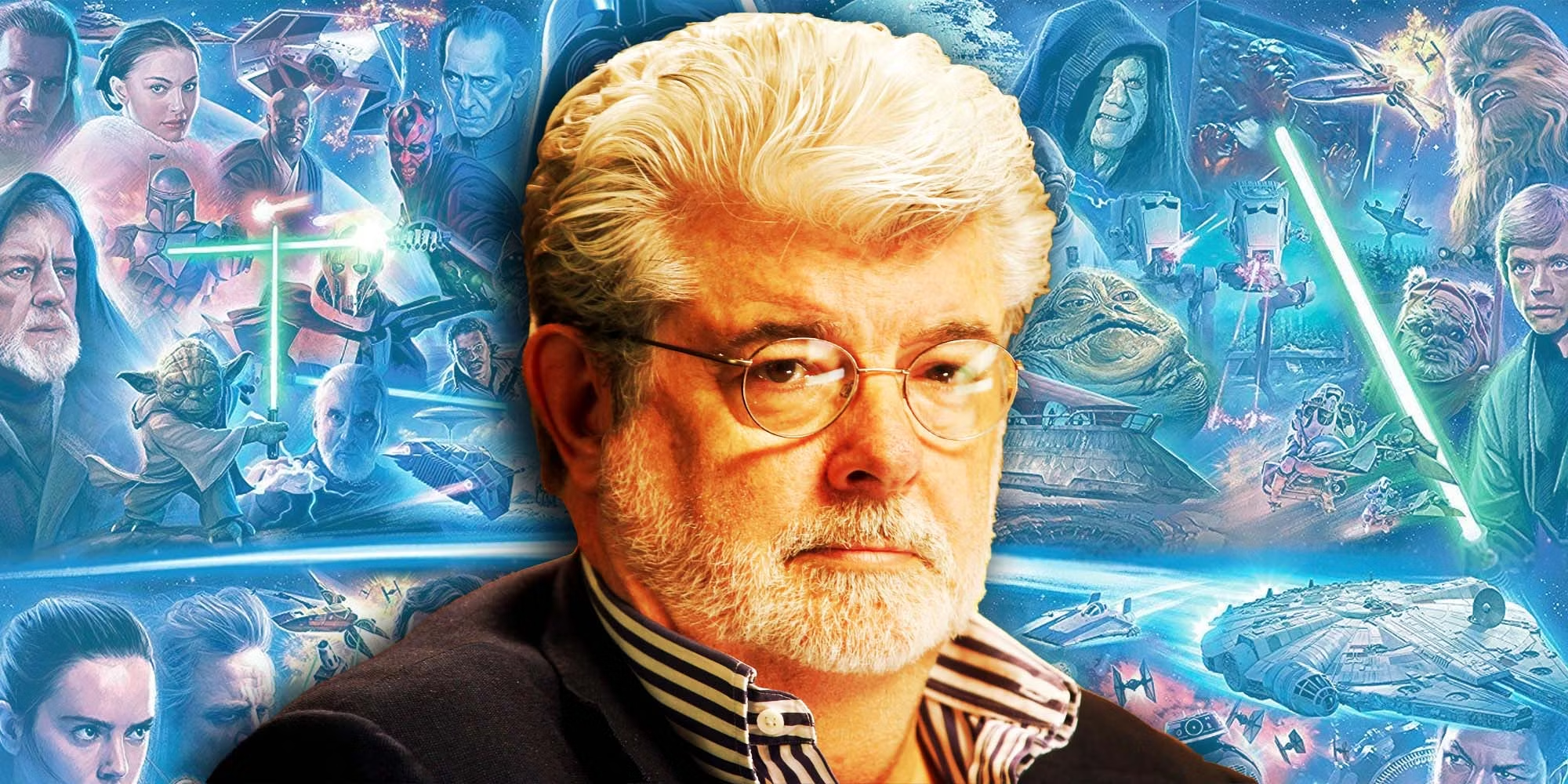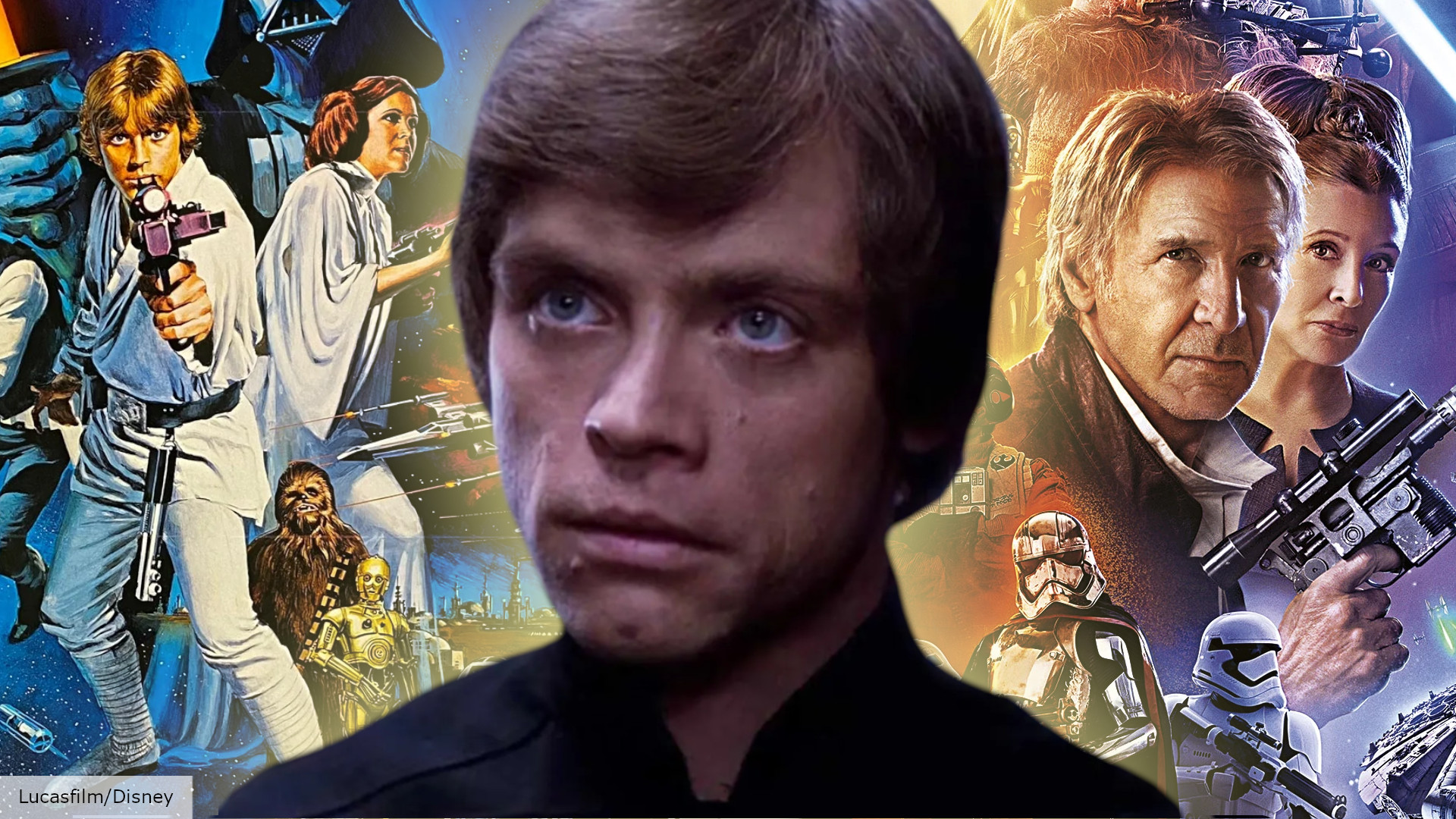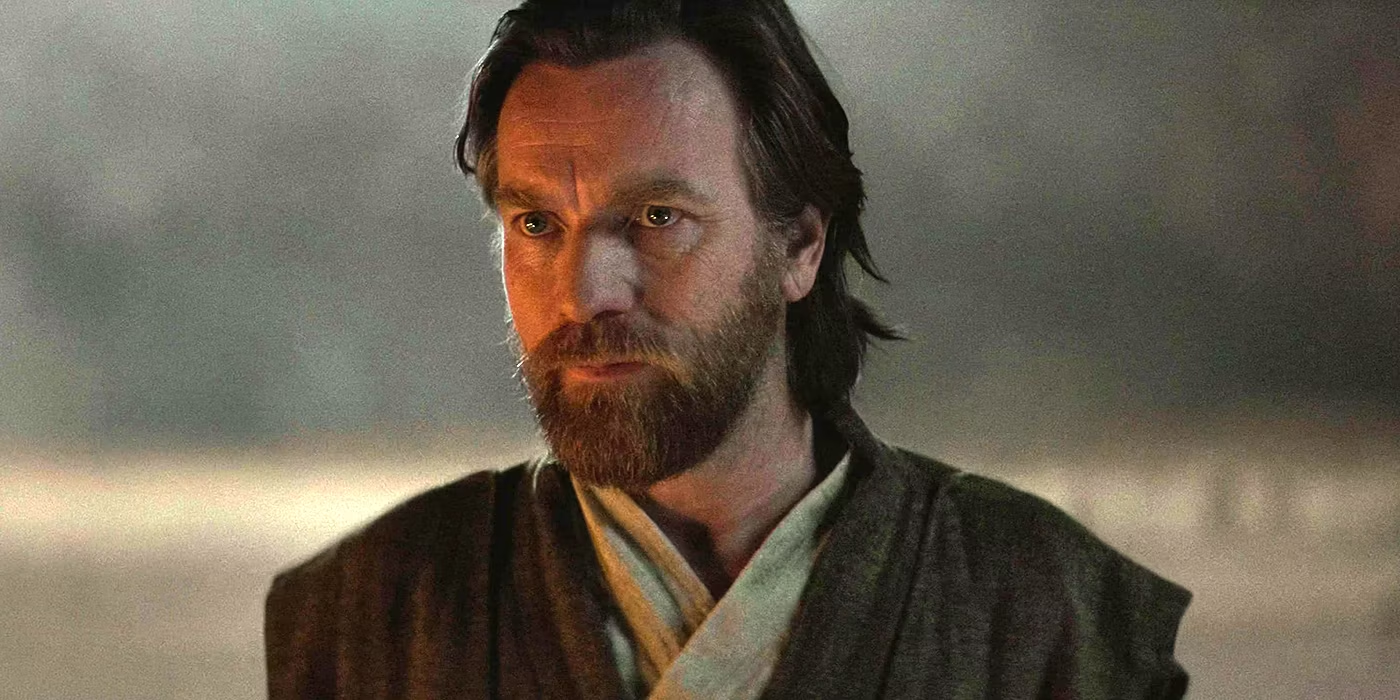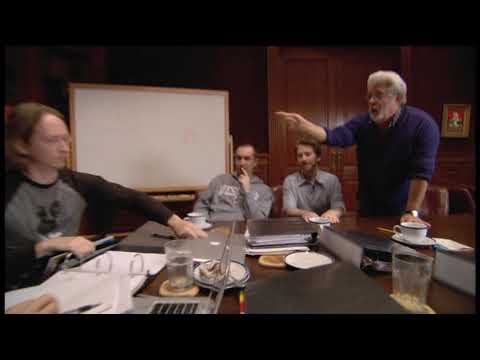In the realm of cinema, few names are as synonymous with pioneering filmmaking as George Lucas, the mastermind behind the epic Star Wars franchise. As a director and executive producer, Lucas has been lauded for his visionary work, which has left an indelible mark on the world of entertainment. However, despite the acclaim, there’s an aspect of his work that has consistently drawn criticism: the casting choices in the original Star Wars series.

The Problematic Nature of an All-White Cast
Released in 1977, Star Wars quickly ascended to the status of a cultural phenomenon. Yet, its casting was notably homogeneous with predominantly white actors portraying all human characters. This lack of diversity might not have sparked intense backlash during its initial release, but in a contemporary context, it stands out as glaringly problematic.
Recently, George Lucas addressed this issue, stating that the all-white ensemble was an intentional choice, meant to represent humanity in its entirety through the lens of his cinematic universe.
In an interview with Variety, Lucas urged fans to accept the characters “for what they are,” emphasizing that the essence of his storytelling was about embracing differences, whether characters were “big and furry or whether they’re green or whatever.”

Fan Reactions and Social Media Backlash
The defense, however, has not been well-received. Social media platforms like Twitter have been ablaze with comments from fans and critics alike, expressing their discontent with Lucas’s rationale. One user quipped,
“All people are equal…except when it comes to casting,”
highlighting the irony in Lucas’s statements. Others pointed out characters like Darth Vader, voiced by the distinctly resonant James Earl Jones, as a counterargument to Lucas’s claim of an inclusive narrative.

The Bigger Picture: Diversity and Representation in Film
Lucas’s recent comments bring to the forefront a larger conversation about diversity and representation in Hollywood. His argument that the discrimination in the Star Wars saga was aimed only at aliens, and not humans, sidesteps the critical issue of representation among human characters. By failing to include a diverse human cast, the films missed an opportunity to truly embrace the inclusivity that Lucas champions.
In the modern era, audiences are more attuned to the nuances of representation and are quick to call out discrepancies. The backlash against Lucas’s defensive stance is a testament to changing societal values and the demand for films that reflect a more diverse human experience. As society evolves, so too must the narratives and character portrayals within our media.

Conclusion: A Call for Greater Inclusivity
While George Lucas’s contributions to the film industry are undeniable, his recent comments highlight a significant oversight in his approach to character representation. The controversy serves as a reminder that inclusivity should extend beyond alien races to the very real human races that engage with his films. As fans and critics alike push for greater diversity, the hope is that future narratives will better reflect the rich tapestry of humanity, ensuring that all audiences feel represented and seen.

